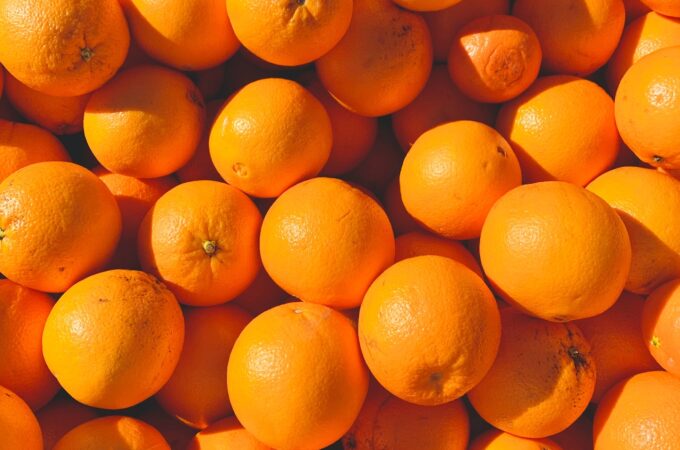
Are Oranges Dyed?
Orange harvesting season is January through April. At this time orange skins might appear to be pale compared to the more popular vibrant orange color that shoppers prefer.
For this reason some growers will spray their citrus with Citrus Red #2. Yes, sadly, some oranges are dyed to look more orange. There is no way you will be able to know if your fruit has been dyed. There are no label laws to protect you.
Food dyes, synthesized originally from coal tar and now petroleum, have long been controversial because of safety concerns. Many dyes have been banned because of their adverse effects on laboratory animals or inadequate testing.
Citrus red 2, 1-(2,5-Dimethoxyphenylazo)-2-naphthol
- An artificial dye, which belongs to the mono-azo group of dyes. It may be used to color orange skins.
- Citrus red 2 is only approved to be sprayed on the peel. If the orange is going to be juiced, this dye is not allowed.
- As a food dye, it is permitted by Food and Drug Administration (FDA) since 1956 only for use in the United States to color the skin of oranges.
- This dye is a carcinogen
- We are told (do you believe everything you are told?) this dye does not penetrate the orange peel into the pulp.
Health concerns with all artificial food dye
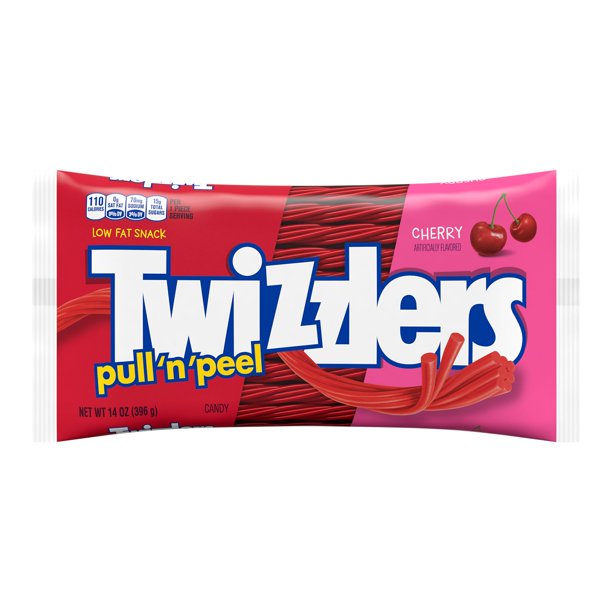
This review study finds that all of the nine currently US-approved dyes raise health concerns of varying degrees.
- Red 3 causes cancer in animals, and there is evidence that several other dyes also are carcinogenic.
- Three dyes (Red 40, Yellow 5, and Yellow 6) have been found to be contaminated with benzidine or other carcinogens.
- At least four dyes (Blue 1, Red 40, Yellow 5, and Yellow 6) cause hypersensitivity reactions.
- Numerous microbiological and rodent studies of Yellow 5 were positive for genotoxicity.
- Toxicity tests on Citrus Red 2 suggest safety concerns. Citrus Red 2 is used at low levels and only on some Florida oranges.
- The inadequacy of much of the testing and the evidence for carcinogenicity, genotoxicity, and hypersensitivity, coupled with the fact that dyes do not improve the safety or nutritional quality of foods, indicates that all of the currently used dyes should be removed from the food supply and replaced, if at all, by safer colorings.
How to avoid Citrus Red 2
- Choose organic oranges when possible.
- Look for citrus fruit grown in California and Arizona where this dye is not allowed.
- Grow your own if your climate supports orange trees.
Read labels on everything!
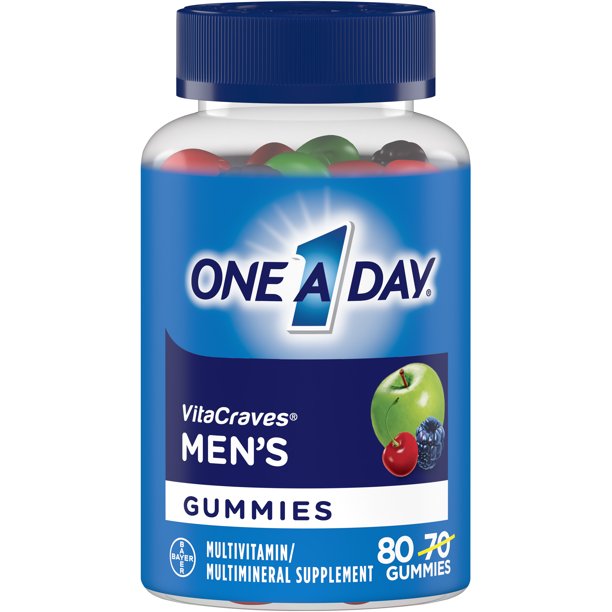
One a Day is full of junk ingredients. This one also has FD&C Blue #1, FD&C Red #40, FD&C Yellow #5.
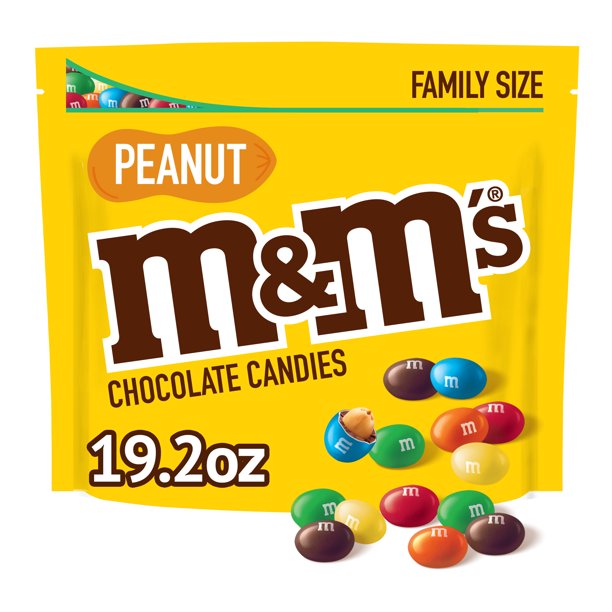
Brightly colored candy, like M&M’s, can have many artificial dyes. This product uses Blue 1 Lake, Yellow 6, Red 40, Yellow 5, Blue 1, Yellow 6 Lake, Red 40 Lake, Yellow 5 Lake, Blue 2 Lake, Blue 2.
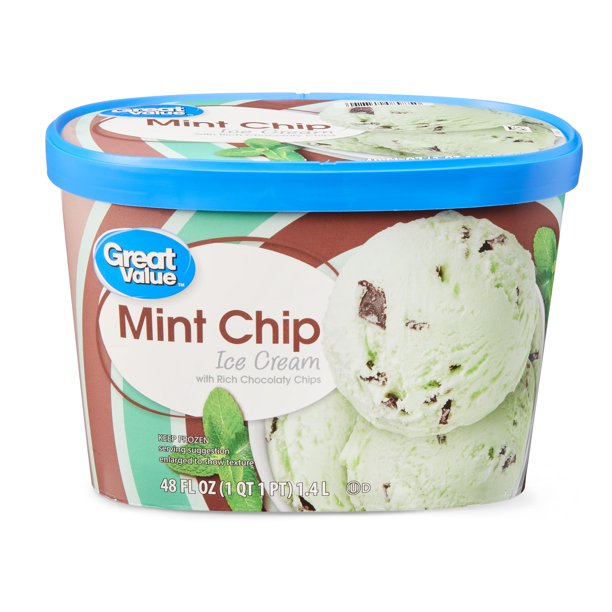
Green mint chip ice cream has Yellow 5 and Blue 1.
Eat real food, organic when possible.
This includes quality animal protein, healthy fats, lots of non-starchy vegetables and some fruit (just watch out for non-organic Florida oranges that look REALLY orange!).
Recommended
-
Dandelion for Liver Support and Health BenefitsJuly 20th, 2024
-
Modified Citrus PectinJuly 11th, 2024
-
Bentonite Clay Mask for Face and ArmpitsJuly 8th, 2024
-
Two Supplements for Erectile DysfunctionJune 30th, 2024








